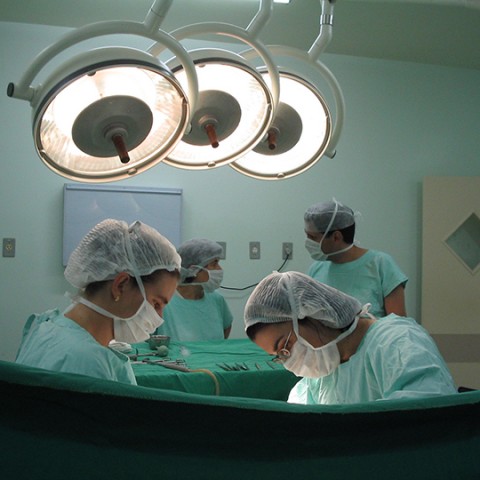The Procedure:
It’s possible for any bariatric surgical procedure to require surgical revision at some point. Many patients had surgery in the 80’s and 90’s using techniques that are now abandoned because of long-term problems such as persistent vomiting or reflux. Even when modern procedures are performed by skilled surgeons, variations in patient healing can cause nutritional or surgical problems in a few cases over time.
We have extensive experience with all types of revision surgery. Patients can be confident that we have the background to gain a good understanding of their existing anatomy and its problems, and then implement a plan that will safely lead to better health and function. In all revision cases, the surgeon will have a highly individualized discussion with the patient about the proposed surgical plan, the expected outcomes, and the risks vs. benefits.
The Results:
In a revision surgery, weight loss may or may not be the primary goal. Often, a patient needs revision surgery in order to swallow more normally or to correct a nutritional problem. When the goal is weight loss, the loss is often less than the amount lost with the first surgery, but it is usually still enough weight loss to correct problems and help patients regain their health.
The Risks:
Repeat surgery on the stomach is significantly more difficult and more risky. The prior operation always leaves scar tissue that distorts the normal anatomy. Organs that normally separate easily are often “stuck together” by scar tissue, so that the risk of abdominal organ damage is significantly higher in a revision operation. Furthermore, the scar tissue does not heal as well as tissue that has never been operated on, so the chance of leakage is much greater after revision surgery than with the first operation.

